Some remarkably affordable used electric vehicles are available, but it could be beneficial to invest in a newer model.
Examining electric cars from the past ten years, you can truly grasp how much progress has been made.
The farther you go back, the fewer performance capabilities, range, and features they possess. However,purchasing a used electric vehicle that is not newFor a small amount of money, it may be precisely what some individuals are seeking, which is why we have compiled a list of models that are worth considering if you’re looking to go electric with a limited budget.
Used EVsare similar to any other used car. Some maintain their value better than others, and not every one provides the same level of value for money. The oldest vehicles on our list are more than ten years old, and if you choose one from the very first model years, it may show signs of aging, as well as potential problems with the suspension, interior components, and electronic features.
A significant difference between EVs and combustion engine vehicles from the same era lies in their large and costly battery systems. There’s no escaping this reality: EV batteries experience a decline in performance over time. While factors such as usage, maintenance, and charging habits play a role, the older the vehicle becomes, the less range you can anticipate. Batterydegradationare generally more serious in units manufactured prior to 2016, whereas newer batteries are expected to last the lifetime of the vehicle.
If you’re purchasing an older and very inexpensive electric vehicle, it’s likely to be cheap for a specific reason, which could be that it requires a new battery, potentially costing $10,000 or more. More recent models are less likely to need a new battery, not just because they are newer, but also because advancements in EV battery technology have significantly reduced the occurrence of failures.
How We Selected the Top Affordable Pre-Owned Electric Vehicles
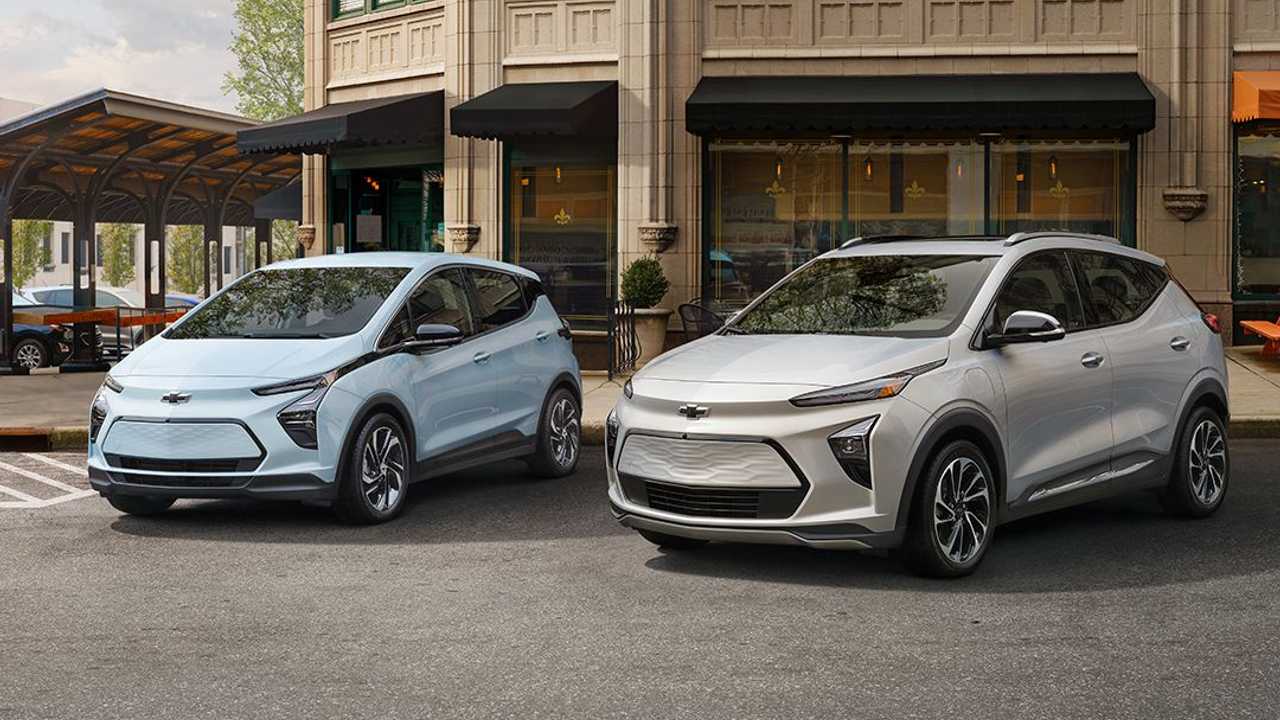
Chevrolet Bolt EV/Bolt EUV
We searched through used car websites to locate the most affordable electric vehicles currently available. We did not list all EVs, as some, regardless of their low price, are not worth purchasing. That’s why vehicles such asMercedes-Benz B-Class Electric Drive(including Tesla battery cells) are not worth purchasing.
The vehicles we eventually selected provide a favorable combination of performance and affordability. Many models now come with plug-and-play battery replacement systems, which are expected to increase their longevity by another ten years of use. Certain cars, such as the Chevrolet Spark EV, may not stand out in any specific area, but initial models are currently very inexpensive, making them a practical starting option for some buyers.
We are familiar with these vehicles, andInsideEVshas existed for a sufficient period that we were able to evaluate most of them at the time of their release. We have also monitored their performance and dependability over the years via surveys and the experiences of our journalists, many of whom have owned and lived with these older EVs.
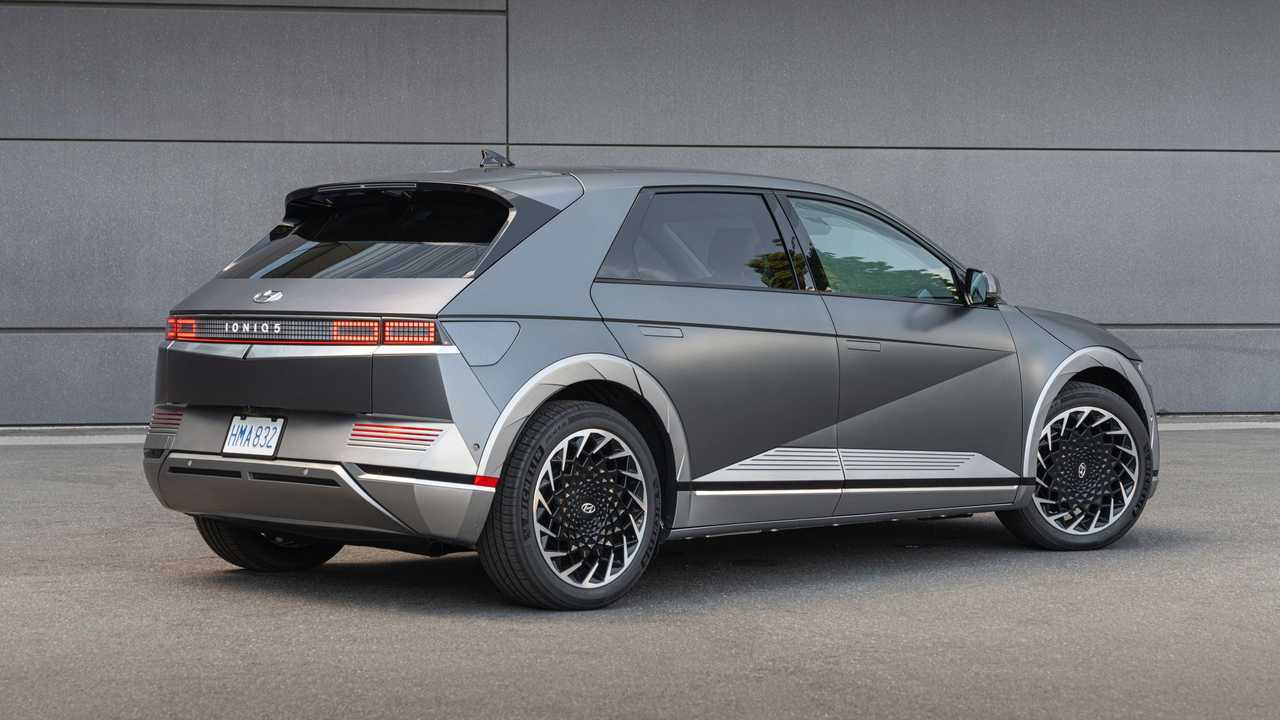
The cheapest pre-owned electric vehicles in our list vary in cost from under $5,000 to just beyond $20,000, though we placed them at the end since they seem quite outdated when compared to newer options. In the end, it’s about securing the best electric vehicle for the lowest possible price across different budget levels.
We have divided them into two groups. The first includes the most budget-friendly modern electric vehicles that offer excellent range, charging capabilities, and technology, but they can cost $20,000 or higher. This is before considering the used EV tax credit, which provides $4,000 or up to 30% of the price of a pre-owned electric vehicle and is still available.until September.
Then there are the very inexpensive older used electric vehicles, whose batteries will probably need to be replaced, and even after that, they still won’t offer the same range or charging capabilities as newer models. However, there is one exception, and that’s the Nissan Leaf, which has an unexpectedly large aftermarket community and available battery upgrades that boost the range to levels the original model could never have imagined.
Cheap EVs You Want
2017 to 2020 Tesla Model 3 (priced between $12,000 and $25,000)
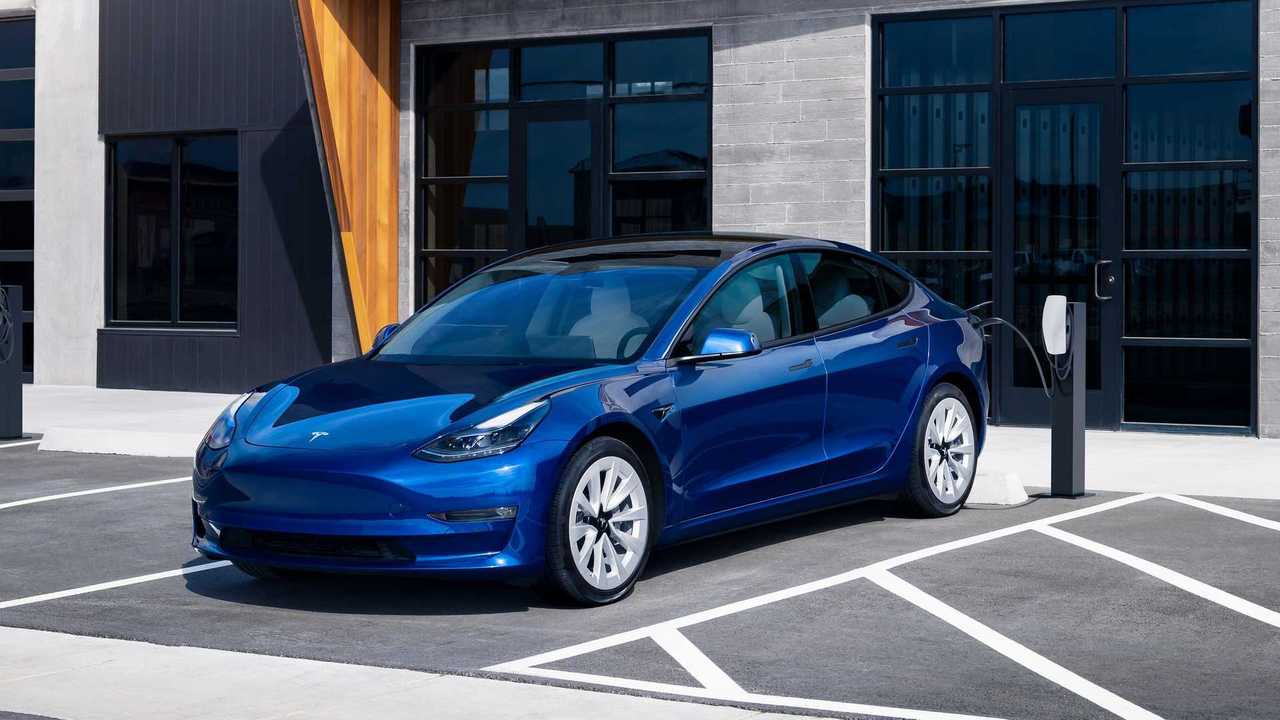
Tesla shifted the target when it introduced the powerful, long-range, and highly equipped model.Model 3 in 2017, building upon the achievements of the Model S. It was an immediate success, and in 2021, it became the first electric vehicle to surpass 1 million units sold. There are numerous examples available that cater to a broad spectrum of budgets.
You might come across a high-mileage vehicle requiring some attention for as low as $6,000, but it’s not advisable to go for the most inexpensive option. Quality vehicles typically begin around $8,000, while a well-maintained one with low mileage can cost more than $25,000.
If you manage to locate one that suits your preferences in the middle range, it offers excellent value for an electric vehicle. Consider looking for a Long Range, Long Range AWD, or Performance model. All 2017 models are rear-wheel-drive Long Range versions, featuring an EPA range of 310 miles, 287 horsepower, and a quick 0-60 mph acceleration time of 5.1 seconds. However, these are quite uncommon—I only came across one available during my research for this article.
In 2018, Tesla introduced the Long Range dual-motor all-wheel-drive version, featuring more than 400 horsepower and a 0-60 mph acceleration time of approximately 4.5 seconds. It also launched what it referred to as the Standard Range battery option, which had a capacity of roughly 55 kWh, yet in rear-wheel-drive configuration, it offered 240 miles of EPA-rated range. Additionally, there was a briefly available Mid Range RWD model equipped with a 62 kWh battery and a range of 264 miles, though these models are also uncommon.
2021-2023 Polestar 2 ($18,000-$25,000)
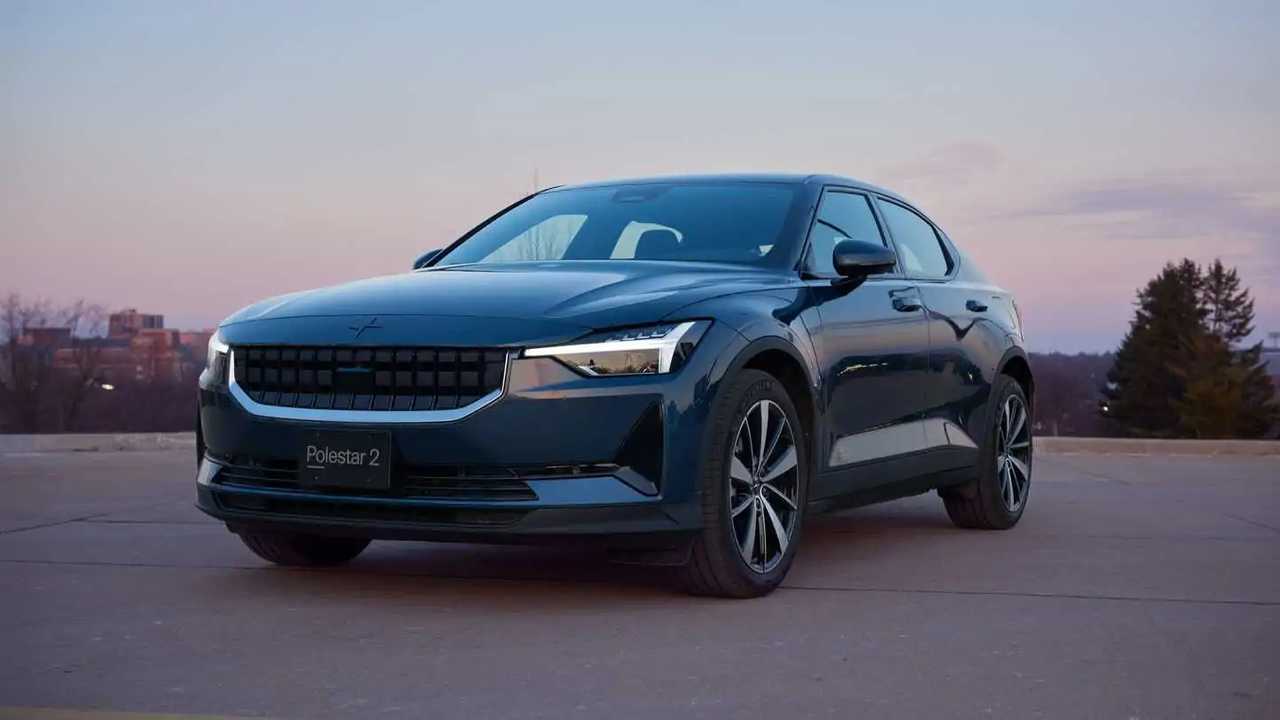
You’ll be safe if you locate a quality second-handearly Polestar 2. Although it appears almost the same as the Polestar 2 available today, it is not as enjoyable to drive, has a shorter range, and is missing some of the newest features. Nevertheless, for just over $13,000 for a high-mileage model, it offers great value for an electric vehicle.
The most budget-friendly used Polestar 2 models are the single-motor version, which in vehicles manufactured before 2024 drives the front wheels. These had an EPA range of 270 miles when they were new, but this decreases to 249 miles if you choose a dual-motor model, which offers significantly more power, increasing from 227 hp in the FWD version to just above 400 hp.
No matter which one you choose, you’ll enjoy a highly sophisticated, premium interior that outperforms a Tesla Model 3 from the same era and offers comfortable seating for up to four individuals. What makes the Polestar 2 such an attractive option right now is the fact that it resembles the latest model, so others won’t realize it’s an older version.
2022-2023 Kia EV 6 ($18,000-$25,000)
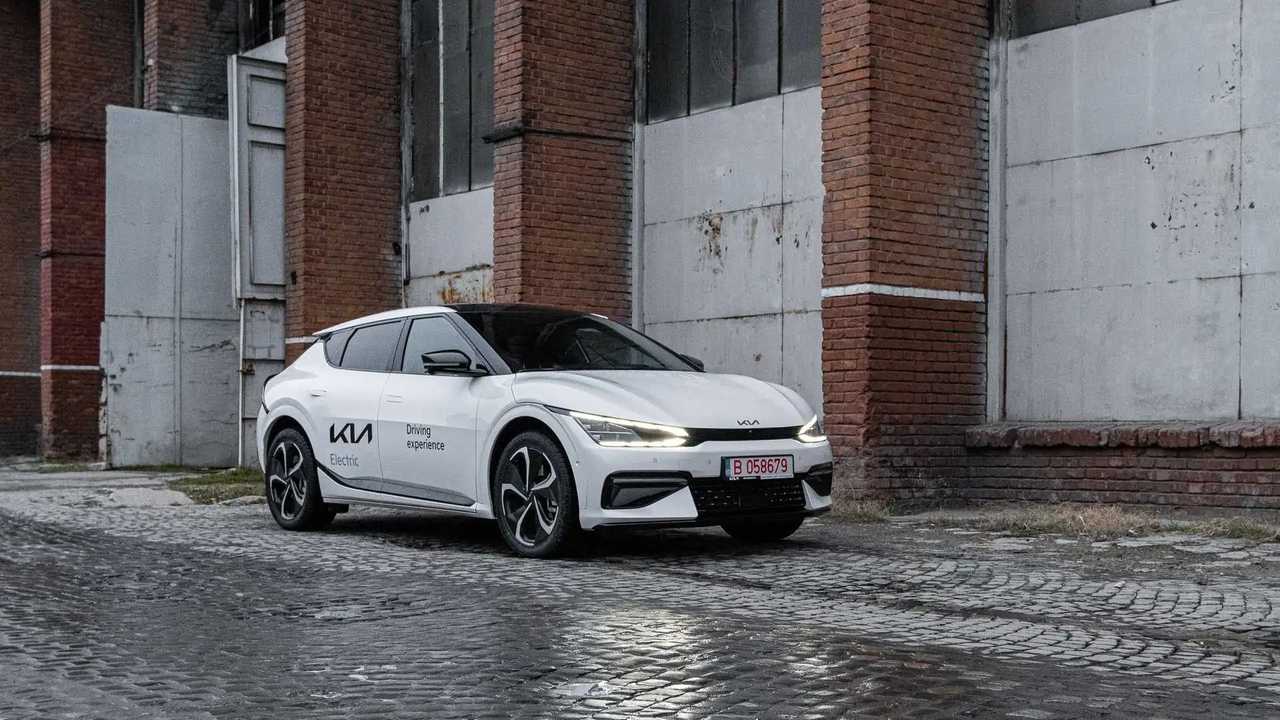
If you’re looking for a rear-wheel drive vehicle that offers a more dynamic experience when navigating turns compared to an early model Polestar 2, the Kia EV6 is also a solid choice for a pre-owned purchase. Most of the ones I came across while checking various used car websites were the EV6 Wind models, which are well-equipped with the large 77.4 kWh battery and a 313-hp all-wheel drive system.
Some single-motor GT-Line straddlers met the search requirements, but it appears the Wind AWD was the most favored option, and for valid reasons. Any EV6 you purchase will grant you entry into the world of800-volt EVs, which offers better efficiency compared to their 400-volt equivalents but also allows for faster charging. Even the early EV6 can charge at a maximum of 240 kW, which was impressive a few years back and remains above average now.
The EV6’s rally-car-inspired design with its elevated stance and sloping roof reduces its usefulness, and it isn’t the best choice for tall adults in the back due to restricted headroom. The cargo area is also not very large. Still, these drawbacks might be acceptable if you can find one priced below $20,000, which is fairly easy, though you may end up paying more for a vehicle with low mileage.
2021-2022 Hyundai Ioniq 5 ($18,000-$26,000)
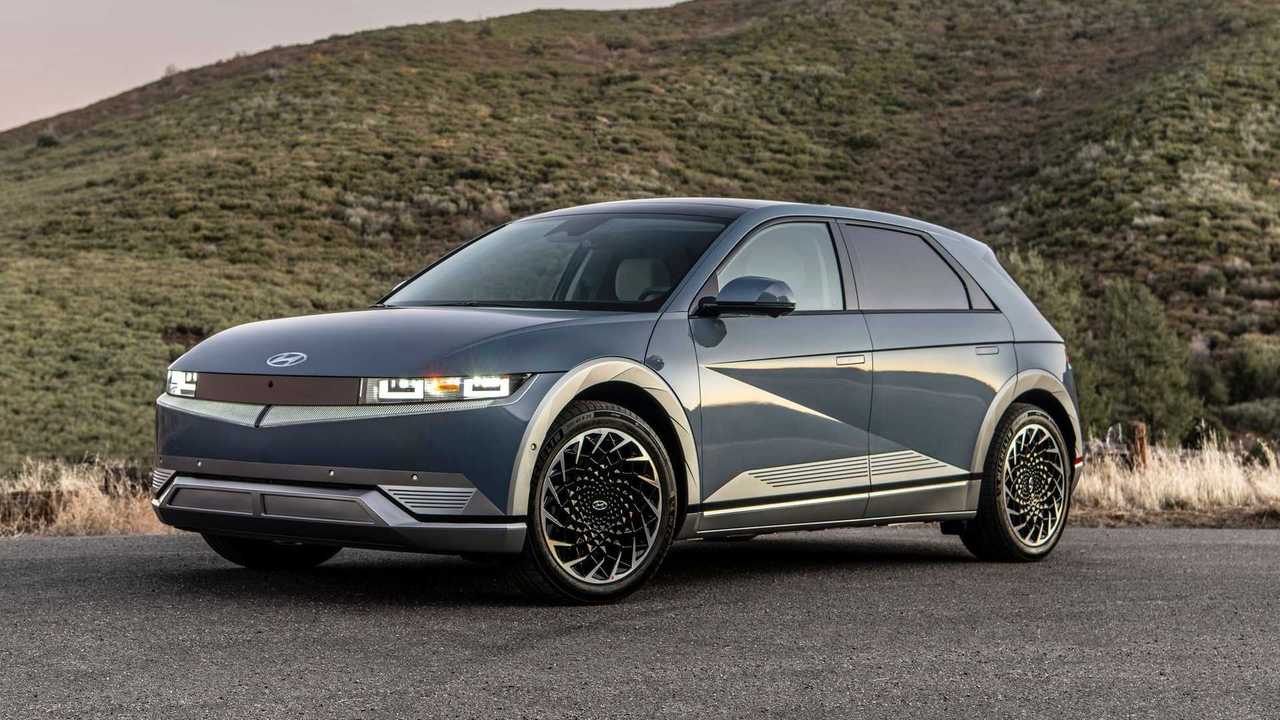
The Ioniq 5, Hyundai’s counterpart to the EV6, also experienced significant popularity and remains one of the most cherished electric vehicles today. It shares the same E-GMP platform as the Kia, meaning it has the same maximum charging capacity, yet the driving experiences of the two are quite distinct.
Although the Kia emphasizes a sporty design, the Hyundai focuses more on comfort. With its more square shape and slightly longer wheelbase, it offers better space for passengers in the rear and more room for luggage. The Ioniq 5 tends to be somewhat pricier than a comparable EV6, and notably, most vehicles available, even the most affordable ones, come with the larger Long Range battery pack, providing rear-wheel drive models an EPA range of 303 miles.
This decreases to 256 miles for dual-motor vehicles and 220 miles for the surprisingly uncommon Standard Range versions with the smaller battery.
Very Affordable Electric Vehicles for the Courageous
2014-2016 Chevrolet Spark Electric Vehicle (priced between $5,000 and $10,000)
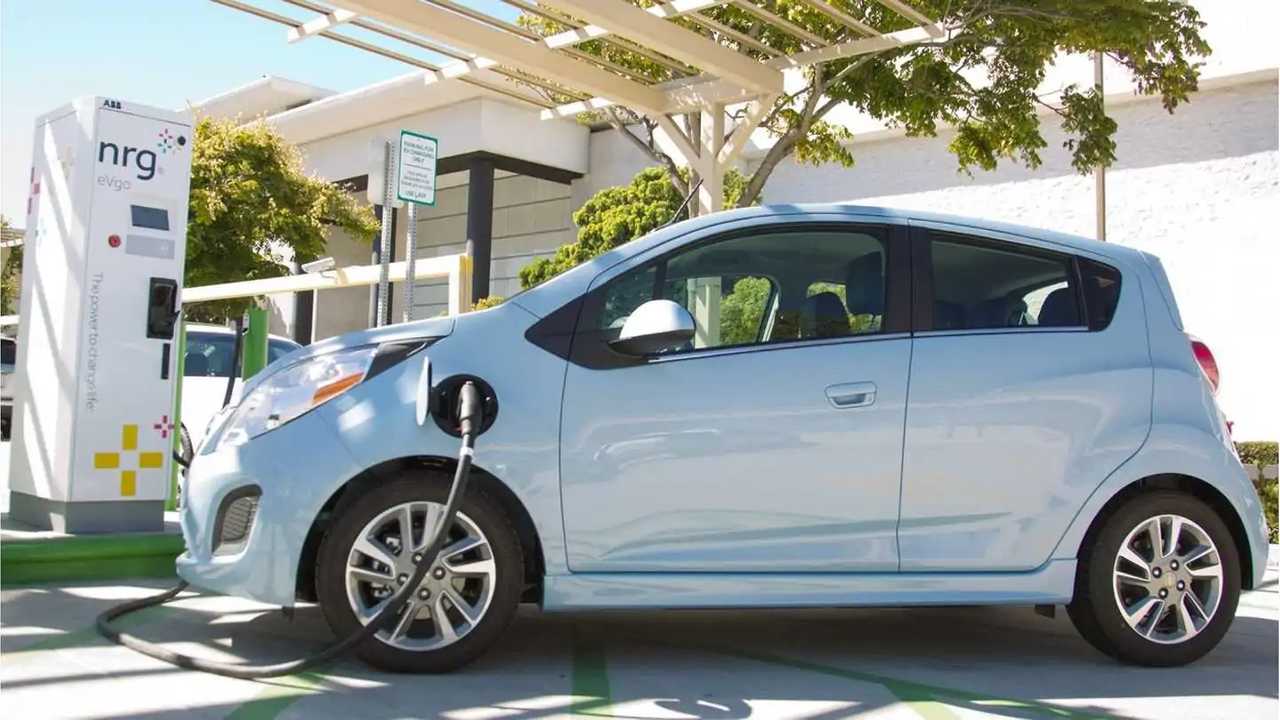
The Chevy Spark EVIt was the first electric vehicle introduced by General Motors following the EV1, available for sale from late 2013 to 2016. A total of just over 7,300 units were sold. The initial models featured a 21.3 kWh battery, which was later upgraded to a 19 kWh pack for the final two model years. All versions maintained an 82-mile EPA range. The built-in AC charger provided only 3.3 kW, but it supported DC fast charging at up to 50 kW, allowing the battery to reach 80% charge in approximately 30 minutes.
That’s not much range or charging capability according to current standards, yet it charges faster than the Dacia Spring currently available in Europe. One of the key memories we have about the Spark EV is how enjoyable it was to drive. As one of the first EVs, you didn’t experience the smooth, more engine-like power delivery found in today’s models. When you pressed the accelerator, all of the car’s stated 400 lb-ft of torque immediately reached the front wheels, causing them to screech in protest.
It also featured excellent steering feedback and enjoyable handling on the road. Combined with its power, this made it one of the first truly enjoyable electric vehicles to drive. Unlike other early EVs such as the Nissan Leaf or Europe’s Renault Zoe, which used air-cooled batteries, the Spark EV included a thermal management system that extended the battery’s lifespan.
However, considering that even the latest Spark EV models are nearly 10 years old now, purchasing one today means it may have experienced a considerable reduction in battery capacity and driving range. We searched for a replacement battery pack and discovered that prices range from $10,000 to $12,000. It’s important to mention that because the Spark EV was produced in limited quantities, the secondary market is quite limited. Nevertheless, some owners continue to drive their Sparks.
2013-2019 Fiat 500e ($5,000-$12,000)

The initial electric Fiat 500was a vehicle that its parent company, FCA, was reluctant to produce. However, the company needed to sell a zero-emission car in order to continue selling other vehicles in California. Sales started in California and Oregon in July 2013, and it stayed available until 2019. Fiat sold a few thousand units, and you can still find many of them for sale second-hand. They are even being brought into Europe and other regions where they are finding a new purpose.
Featuring a 24-kWh liquid-cooled lithium-ion battery pack, the 500e achieved an EPA range of 84 miles. It was equipped with a single Bosch motor that drove the front wheels, providing 113 horsepower and 147 lb-ft of torque, enabling a top speed of 88 mph. Although this is significantly less power compared to the Spark EV, the 500e remained agile and enjoyable to drive, making it a great choice for short daily commutes.
Car owners claim these vehicles are unexpectedly dependable, noting that models produced after 2016 include various improvements that enhance the overall driving experience. Some users report that they can easily surpass the 84-mile range rating, achieving approximately 90 miles when driving at lower speeds in urban areas.
2012-2018 Ford Focus Electric (from $5,000 to $13,000)
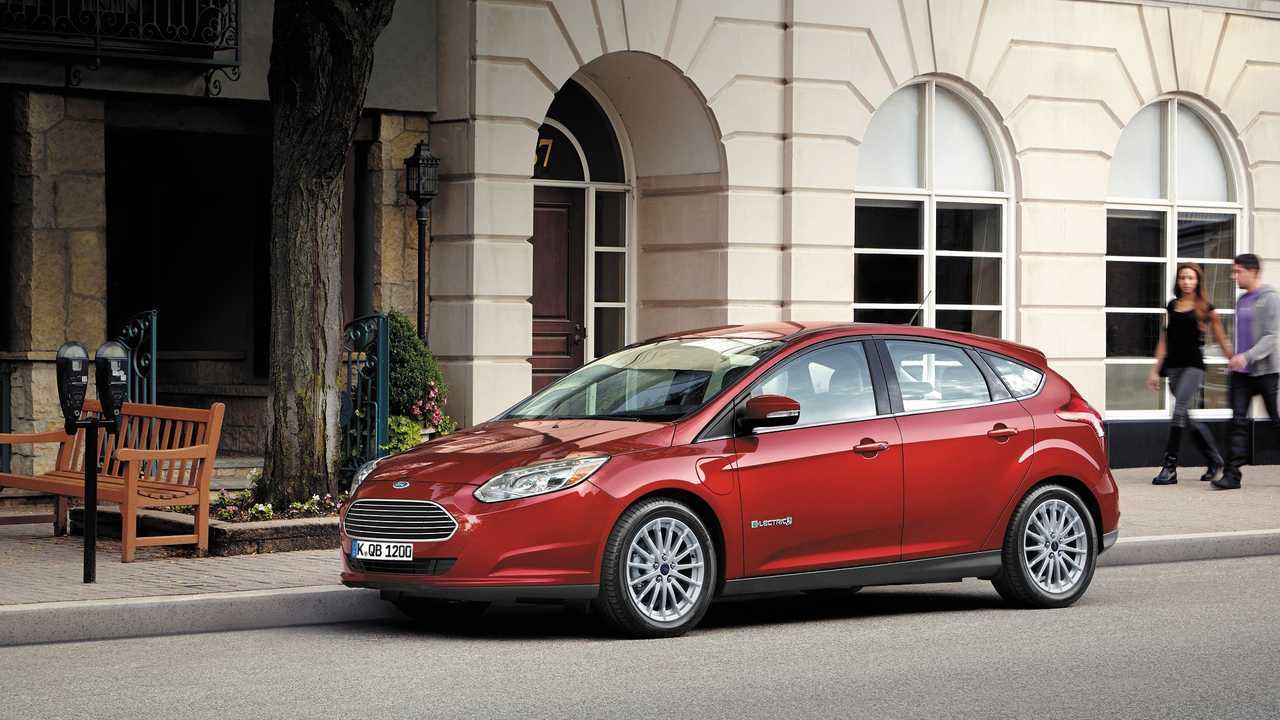
The Ford Focus ElectricOne of just two electric vehicles on this list introduced in 2012. Back then, it faced almost no competition, and its 23-kWh battery offering a 76-mile EPA range was nearly unmatched. Ford enhanced the battery to 33.5 kWh in 2016, boosting the range to a significantly better 115 miles.
Producing 123 hp and 181 lb-ft of torque through a single motor that drives the front wheels, the Focus Electric required more than 11 seconds to reach 60 mph from a stop and had a top speed of 84 mph. These figures were not impressive at the time and are even less so now, although it regains some credit with its outstanding handling and cornering performance.
One point to keep in mind regarding the Focus Electric is that vehicles manufactured before 2017 did not support DC fast charging. The only option available was a 6.6 kW onboard charger, which could fully charge the battery from empty in approximately 4 hours. After 2017, models were equipped with the capability to fast-charge at speeds of up to 50 kW using a CCS connector.
2012-2017 Nissan Leaf ($3,000-$14,000)

2014 Nissan Leaf
The Nissan Leaf stands out because it was created entirely as an electric vehicle from the start, resulting in smart design and features that EVs based on gasoline models (such as the Focus mentioned earlier) lack. It boasts a streamlined shape refined in a wind tunnel, and it continues to have a unique appearance, both inside and outside.
It debuted in 2010and reached America the next year. At that time, it was the sole feasible choice for a genuine electric vehicle. Its battery system was embedded in the vehicle’s floor, a design approach that would later become standard for all-electric vehicles, despite one significant drawback: It lacked the capability to regulate the temperature of its battery pack. It depended entirely on passive air cooling.
This resulted in faster battery wear for both the earlier 24 kWh models and the subsequent 30 kWh models. The Leafs experienced significant degradation, which contributed to much of the concern people have today regarding the lifespan of EV battery packs. The vehicle’s performance was not particularly impressive, with the 107 hp front motor enabling the car to reach 60 mph in approximately 10 seconds. Nevertheless, thanks to 206 lb-ft of torque, it often felt more responsive than the specifications indicated.
You might locate a vintage Leaf for as low as $2,000, but it’s likely to require significant repairs, and the battery may be completely dead at that cost. Nevertheless, since it was a widely favored model and many are still in circulation, there are multiple battery replacements available that not only restore its functionality but alsodramatically increase its range, vastly surpassing what it was capable of when it was new.
If you wish to obtain an electric vehicle to work on yourself and evenreplace the battery in your driveway(although we do not recommend this due to its high-voltage system which can be potentially hazardous), an older Leaf is the better choice.
Another point to consider about the Leaf is that although it supports fast charging at speeds of up to 44 kW or 47 kW, depending on the model year, it uses a CHAdeMO connector. This can significantly restrict the availability of public charging stations. Fortunately, it also features a second charging port, the standard J1772, which allows for slower charging at 3.6 kW or 6.6 kW, depending on the capacity of its onboard charger.
2017-2020 Chevrolet Bolt EV (priced between $5,000 and $15,000)
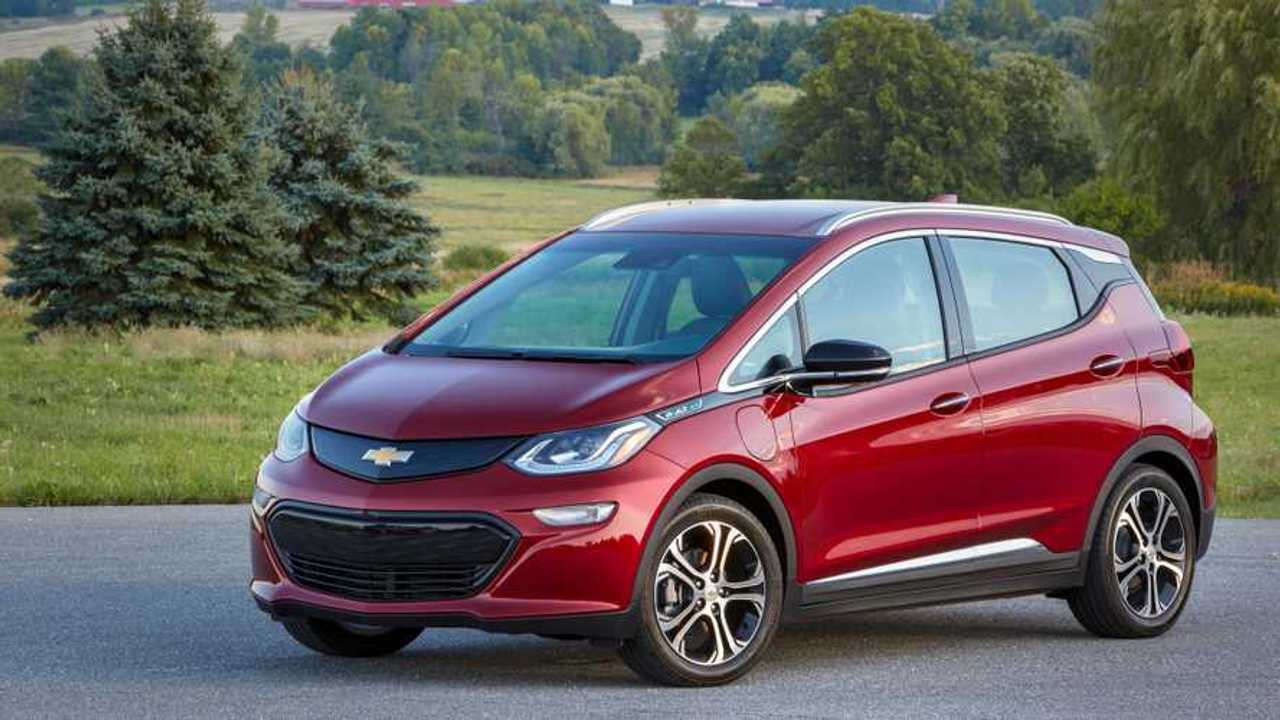
The 2017–2020 Chevrolet Bolt EV has had a troubled past. The first issue that springs to mind is the battery fire recalls. Several Bolt EVs were equipped with faulty cells in their battery modules that couldpotentially cause a fire.
This might seem concerning, but the positive aspect is that all the impacted Bolts received a new battery, along with early 60 kWh models.got a free upgradeto the later 66 kWh battery. This boosted their EPA range from 238 miles to 259 miles.
As a result, it is important to review the service and recall history of a pre-owned Bolt EV before purchasing, and you should confirm that its battery has been approved as safe. Nevertheless, there were some instances of fires after the recall, although GM claims the issue has been resolved. Despite this, the Bolt EV continues to be a widely chosen used vehicle for this reason.
It’s an impressive compact electric vehicle, offering ample power and driving range. It features a 200 hp front motor that enables it to reach 60 mph in 6.5 seconds, and if you come across one that has been well-maintained with a solid history, it provides excellent value for its capabilities. DC fast charging (with a maximum charging rate of 55 kW) was an optional feature, so unless the original owner requested it, the vehicle was equipped only with a 7.2 kW onboard AC charger.
2015-2019 Volkswagen e-Golf ($7,000-$20,000)
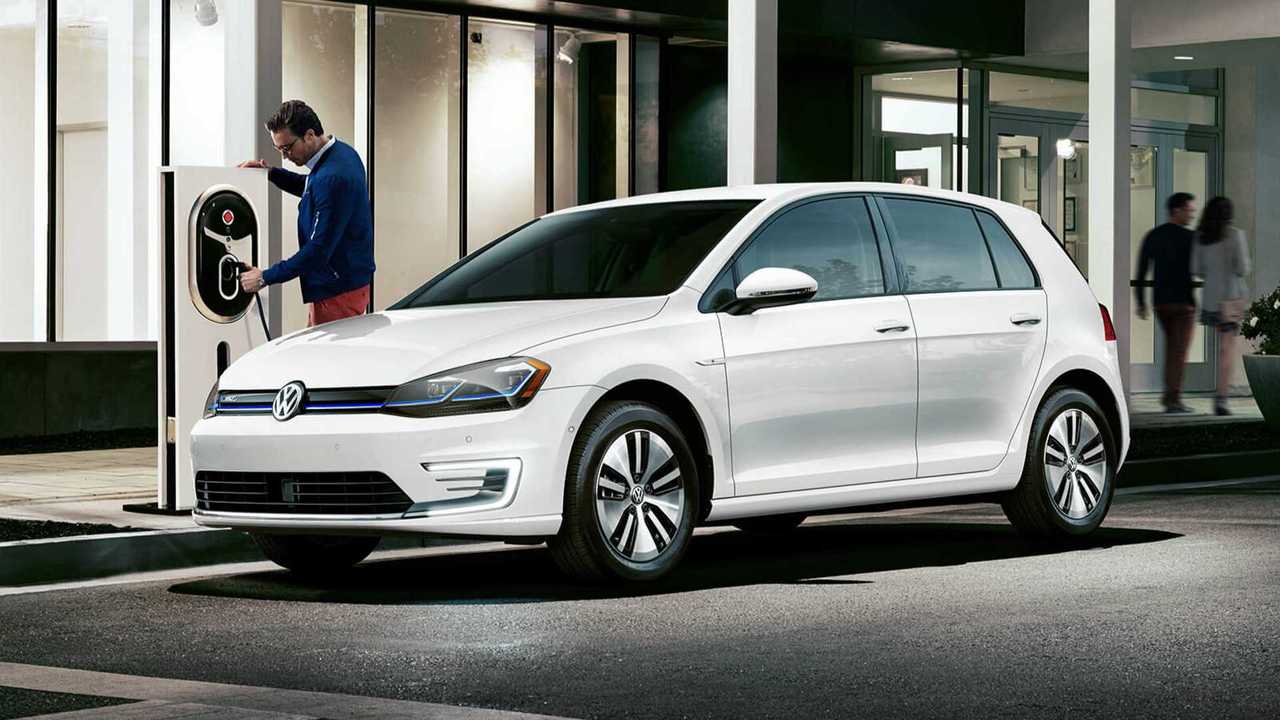
Volkswagen e-Golf
The greatest aspect of theVolkswagen e-Golf, sold in the United States from 2015 to 2019, appears to be like any other Golf at first glance. However, rather than a gasoline or diesel engine, it features an 115-hp electric motor beneath the hood.
Vehicles created prior to 2017 feature a 24.2 kWh battery, providing only 83 miles of EPA-rated range. This is why it’s advisable to seek out a newer model, which includes a bigger 35.8 kWh battery that increases the range to a significantly better 125 miles.
As the e-Golf is based on a traditional internal combustion engine vehicle, some of the batteries are located beneath the trunk floor, resulting in slightly reduced space. The capacity decreases to 22.8 cubic feet, but it remains just as practical as in a standard Golf, as the majority of the lost space is under the false floor, where the battery occupies the area.
2013-2018 BMW i3 ($6,000-$20,000)
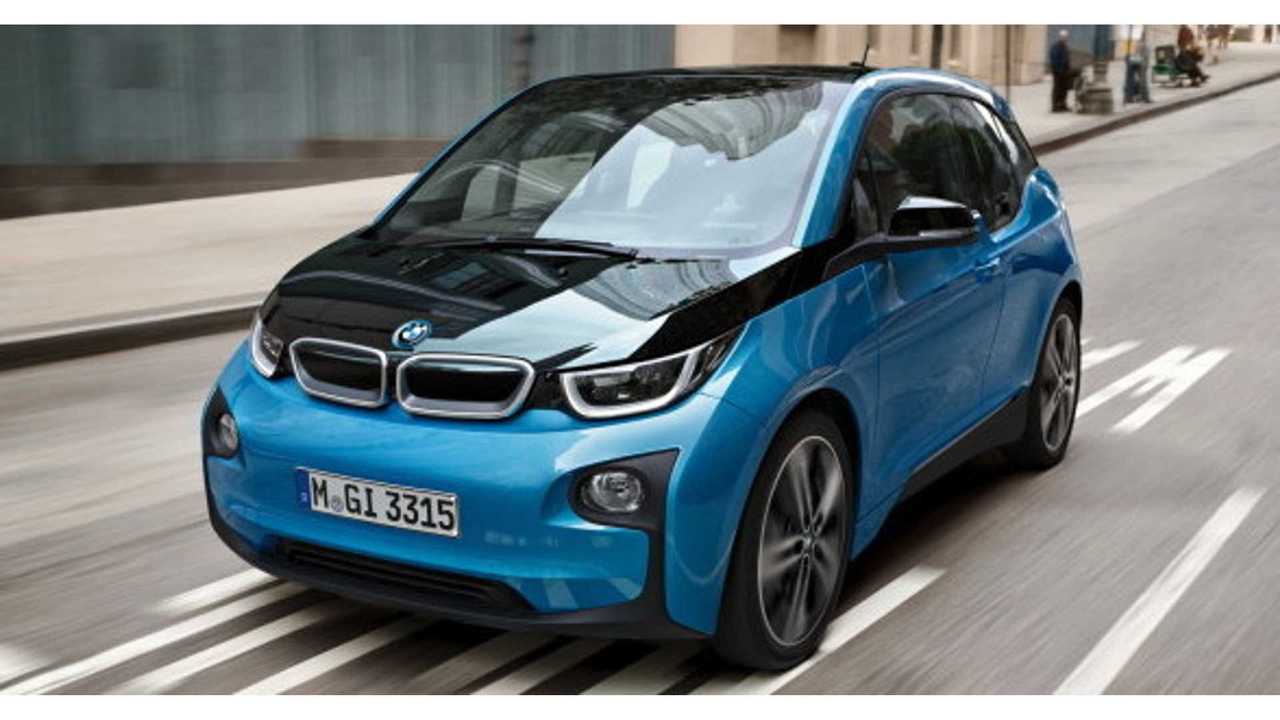
The BMW i3Once ranked as the world’s second-top-selling electric vehicle following the Nissan Leaf. This is due to the fact that, despite its distinctive, high and square appearance, it is truly a reliable electric vehicle. It was introduced in 2013, received an update in 2018 with the launch of the more dynamic i3s version, and was eventually discontinued in 2022. BMW ceased selling it in the U.S. one year earlier.
If you’re considering the more budget-friendly models from before 2018, you might come across some excellent offers with prices dropping under $5,000, which is a small portion of their original price. Nevertheless, a properly maintained unit with low mileage will set you back at least $10,000.
What sets the i3 apart is its carbon fiber-reinforced polymer (CFRP) body, which offers both durability and lightweight construction (initial models weighed just above 2,600 pounds) but can be challenging to fix following a collision. It is also a genuine BMW, with power delivered exclusively to the rear wheels, and despite the elevated driving position, it provides an unexpectedly enjoyable experience on winding roads.
Vehicles produced prior to May 2016 featured a 22 kWh battery system that provided an EPA-rated range of 81 miles. We suggest looking for a newer model equipped with the 33 kWh battery, which increased the range to 114 miles. Although not extensive, this is sufficient for the type of vehicle in question.
Another aspect that set the i3 apart was the availability ofextended-rangea version that included a motorcycle engine and a compact fuel tank, increasing the total range to 180 miles. this is an authentic range extender, not a plug-in hybrid, as the internal combustion engine does not power the wheels at all, functioning exclusively as a generator.
Conclusion
There are numerous pre-owned electric vehicles available for less than $10,000. The most inexpensive and older models will likely have limited range, making them suitable only as a secondary vehicle for short city commutes. Many of the first generation EVs lackDC fast charging, so you might end up needing to replenish them using a Level 2 charger, which can take several hours. If you have the option to charge them overnight at home, this becomes less of an issue.
The main challenge when purchasing an older electric vehicle is dealing with some level of battery wear. You should either carefully examine the battery condition of your prospective car to ensure you get one that still offers sufficient range for your requirements or plan to spend between approximately $7,500 and $20,000 on a replacement, depending on the battery’s size, type, and the specific vehicle it’s installed in.
Most electric vehicles prior to 2015, with the significant exception ofthe Tesla Model S, which remains good today and can also potentially be quite inexpensive, do not provide much variety. They typically last up to about 100 miles, so with battery degradation and a tendency to drive aggressively, you might be fortunate to achieve half that distance.
The top priority when purchasing a budget-friendly electric vehicle is to confirm that the battery remains in good condition. It accounted for up to one-third of the car’s original value, and it won’t be much less expensive even if the vehicle is over ten years old. This factor will determine whether the purchase is financially viable, so we can’t emphasize this enough.
- 7 Excellent Pre-Owned Electric SUVs: Experience New EV Technology Without the High Cost of a New Vehicle
- The Top 10 Electric Vehicles for Sports and Performance in 2025: Exciting Choices That Will Appeal to Enthusiasts of Traditional Gasoline Cars
- Top EVs Eligible for the Federal Tax Credit in 2025
- Top Budget-Friendly Electric Vehicles in 2025: Affordable and Trustworthy Choices for All
- Top Compact Electric SUVs to Purchase in 2025
- Top Pre-Owned EVs in 2025: Trustworthy and Budget-Friendly Choices for All Buyers







